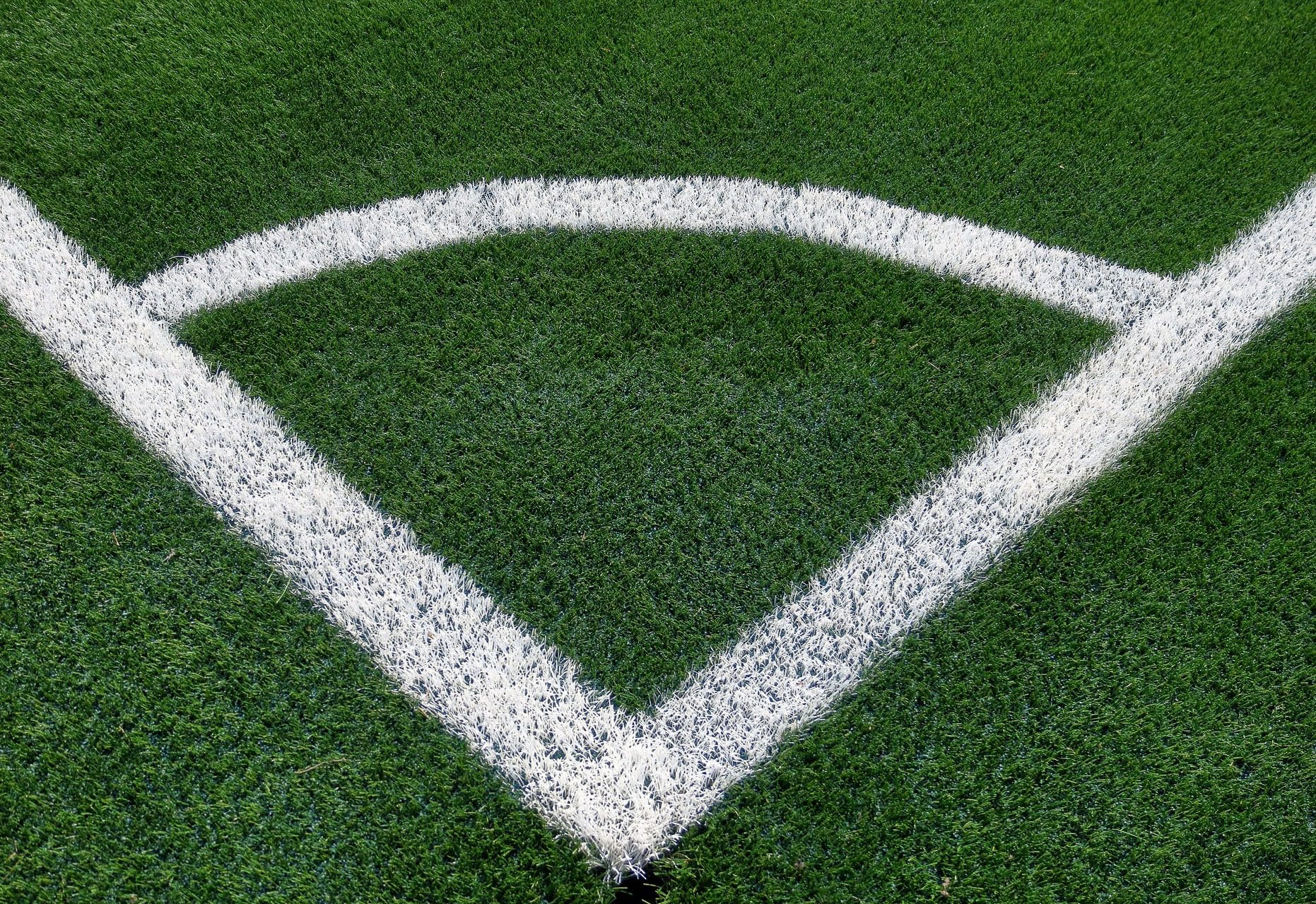Many years ago, I wrote in my column that the problem with BBC’s Match of the Day was that when they had discussions on laws, there was only the football pundits to give their view and they were invariably wrong, thus misleading the viewers.
I suggested that they had someone on the programme who understood the Laws of the Game.
To my surprise, the next Tuesday, I received a call from the producer of the programme, who said they had discussed my suggestion at their Monday meeting, and it was agreed that they should contact Keith Hackett, then head of Premier League referees, to see if anything could be arranged. Keith told me later that he never received such a call.
I remembered this when watching Sky Sports recently, who of course employ ex-Premier League referee, Dermot Gallagher, to give his view on contentious decisions.
They discussed an incident in the Liverpool v Manchester City match when City’s Rodrigo brought down Liverpool’s Cody Gakpo, having already received a yellow card.
The yellow card, said the presenter, is a final warning so he should have been sent off. Dermot Gallagher corrected him. The yellow card, he said, is certainly not a final warning. He was right, it is not a final warning, but it is a warning, or to give it it’s correct name, a caution.
In fact, apart from being listed under essential referees’ equipment, red and yellow cards are not mentioned in the Laws of the Game.
Their use goes back to the 1966 World Cup, when the German referee sent off the Argentina captain Rattin in the quarter final against England. Being a steward at Wembley for that match, I remember it well.
Rattin refused to leave, not understanding German or the English of Ken Aston who came on to try and get hm to leave.
On his way home, Ken Aston thought there must be a better way for it to be understood. When stopping at traffic lights he had the idea to use yellow for a caution and red for sending off.
That’s what the cards are for, purely to show everyone what decision has been made. That’s why it should be held high.
Today, referees at professional games tend to point at the player concerned whilst holding the card high.
What we were always taught was that for a caution you should take the players name, then caution them that any future fouls put them at risk of being sent off.
I always thought that this had more success than just raising a yellow card.
By Dick Sawdon Smith















































